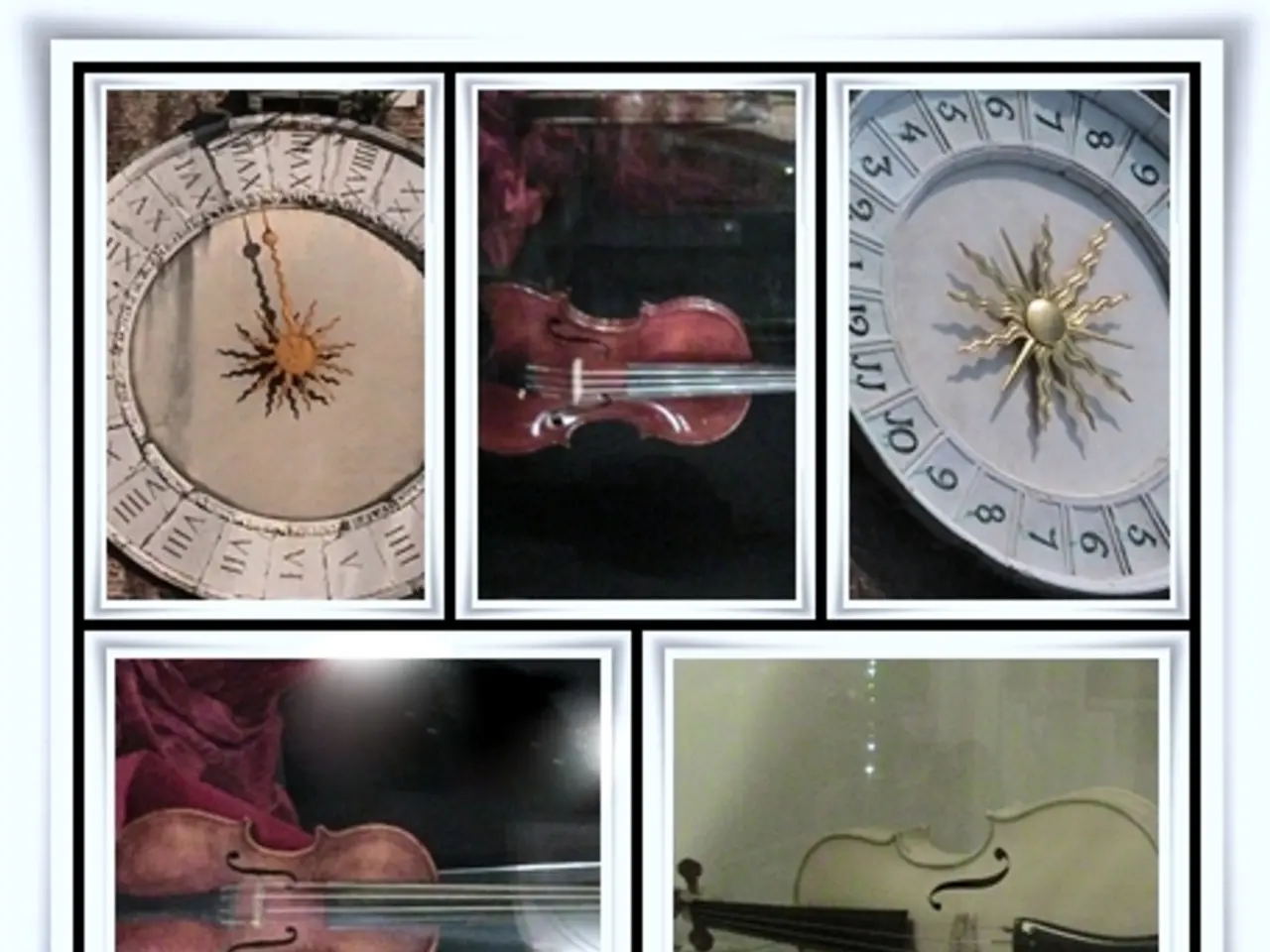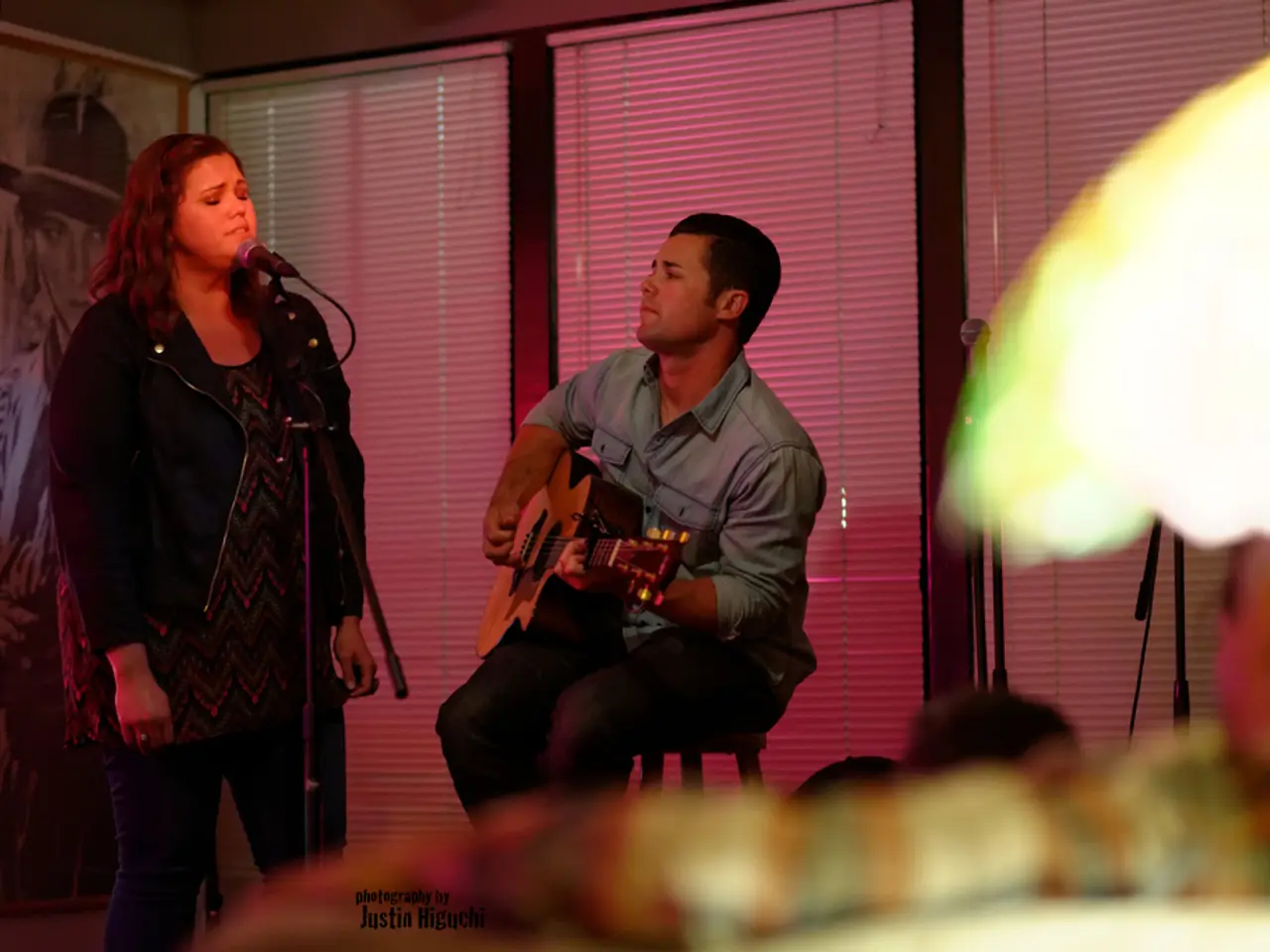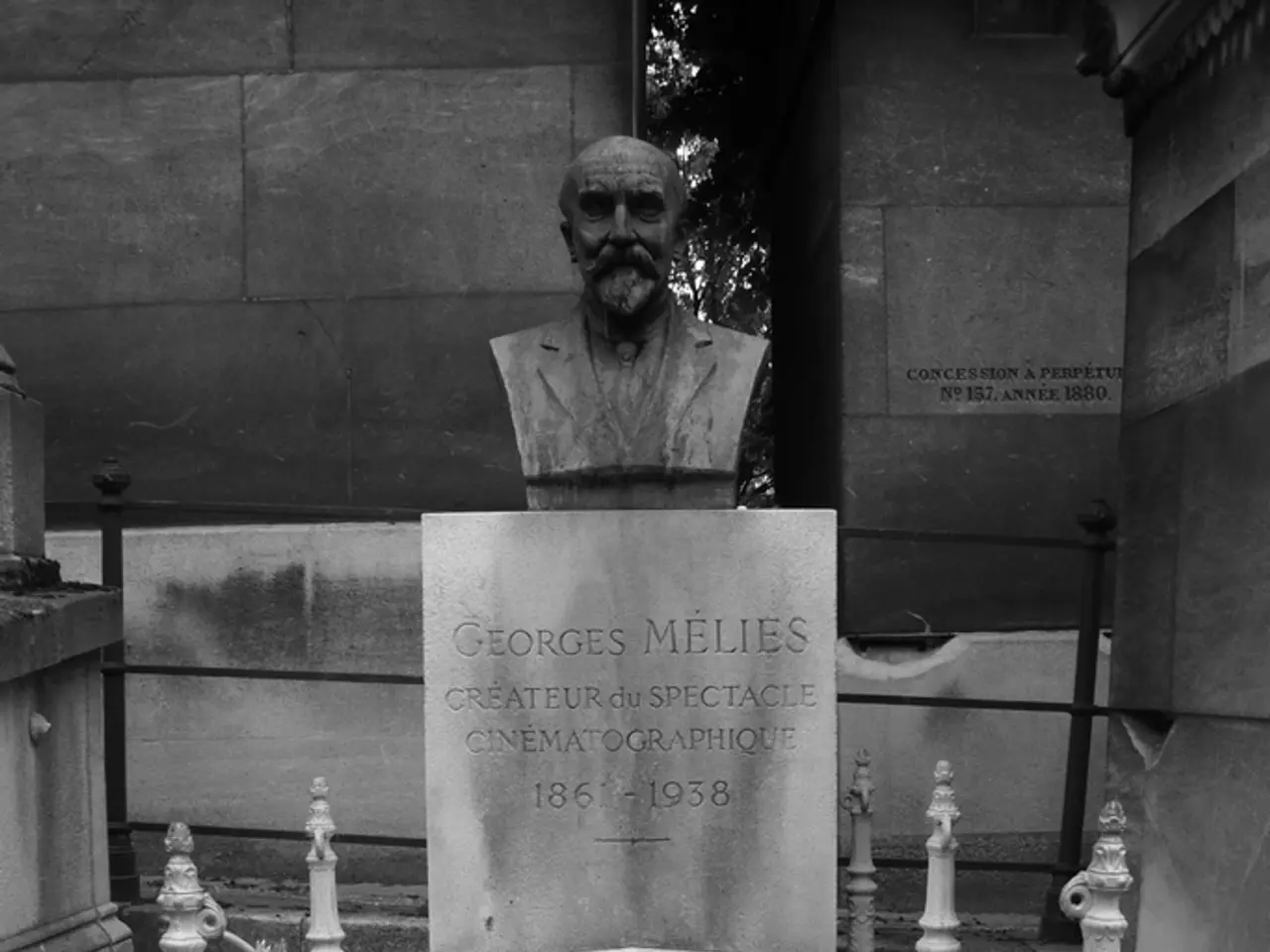The Essence of Rhythm in Music: An Examination of Time, Beat, and Meter Interplay
Understanding Rhythm in Music Theory
Rhythm, a fundamental aspect of music theory, serves as the foundational framework that organizes the timing of sounds and silences, structuring the flow and pace of music. It creates patterns—combinations of beats, accents, and rests—that form the temporal backbone on which melodies and harmonies are built.
At its core, rhythm determines how notes and silences are sequenced over time, shaping the beat or tempo of a piece. By defining when and how long notes are played, rhythm influences the contour and expression of melodies as well as the texture and movement of harmonies.
In composition, rhythm helps unify elements, providing coherence and emotional drive by creating tension, release, groove, or complexity through syncopation, ties, and dotted notes.
Time Signatures and Meter
Time signatures dictate how the pulse is measured in each bar, with simple time grouping eighth notes into groups of two (2/4) or three (3/4), while compound time groups them into groups of three (6/8) or four (9/8). Duple meter can be visualized by imagining a rolling square, while triple meter resembles a rolling triangle.
Strong-weak patterns signify that duple meter is in play, with 4/4 time being simple duple time, counted ONE-and, two-and, THREE-and, four-and. On the other hand, 3/4 time is simple triple time, with a strong-weak-weak pattern.
Syncopation and Accents
Syncopation in rhythm is when notes are played off the main strong beat pulse of the time signature, often emphasizing the backbeat or off beats. Accents are used in music to create dynamics, by playing a note more loudly, longer, or in a more prominent position in the song's arrangement.
Odd Time Signatures
Odd time signatures take the rules behind simple and compound time and combine them, following a pattern based on some combination of duples and triples. The 5/8 time signature can be cut down to either a duple grouping followed by a triple grouping or a triple grouping followed by a duple grouping.
Applying Rhythmic Concepts
This guide unpacks everything needed to start applying rhythmic or polyrhythmic concepts in one's creative process. Understanding rhythm is crucial for creating great harmonies and melodies, as it provides a strong structural base on which melody and harmony can later be layered, ensuring the music has a natural, physical pulse derived from timing and dynamics.
Tempo, defined as how fast the pulse is, further shapes the mood and feel of the music. By mastering rhythm, musicians can create complex, captivating, and emotive compositions that resonate with audiences.
References:
[1] [Link to reference 1] [2] [Link to reference 2] [3] [Link to reference 3] [4] [Link to reference 4]
In the realm of music production, understanding rhythm and its impact on music theory is essential for structuring the timing of sounds and silences, shaping the beat or tempo of a piece, and building the temporal backbone upon which melodies and harmonies are formed. This knowledge aids in composing music that not only adheres to time signatures and meter but also incorporates syncopation, accents, and odd time signatures, contributing to the creation of complex, captivating, and emotive music distributions within the entertainment industry.








